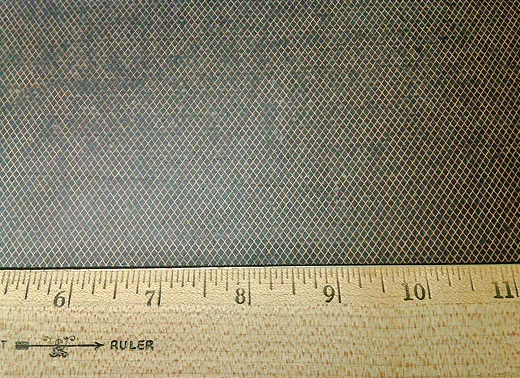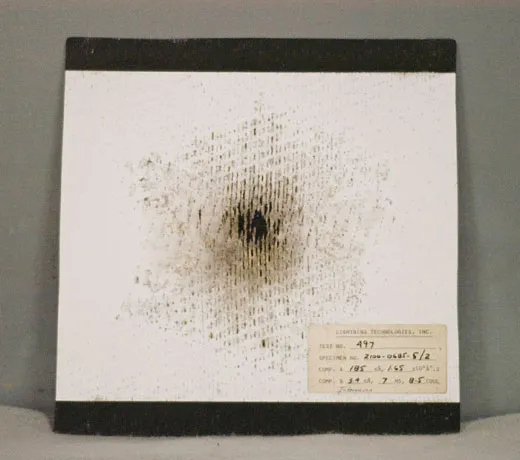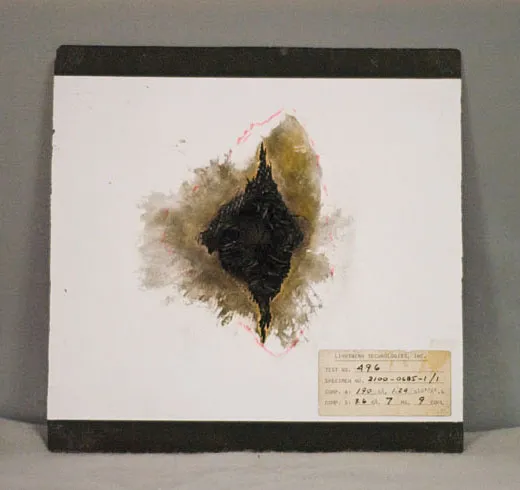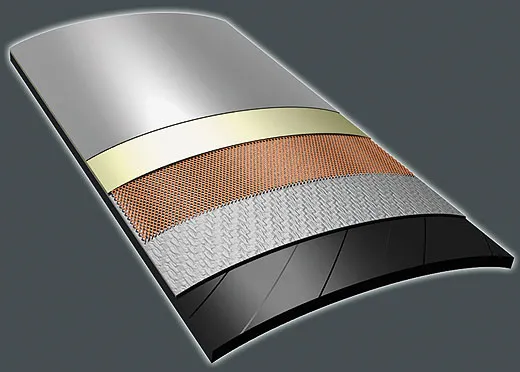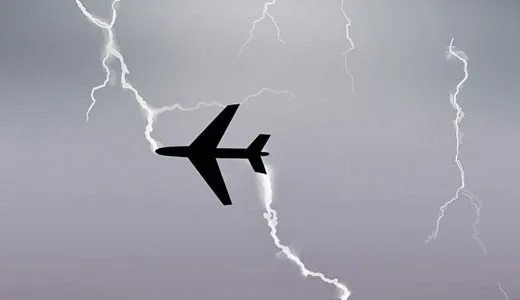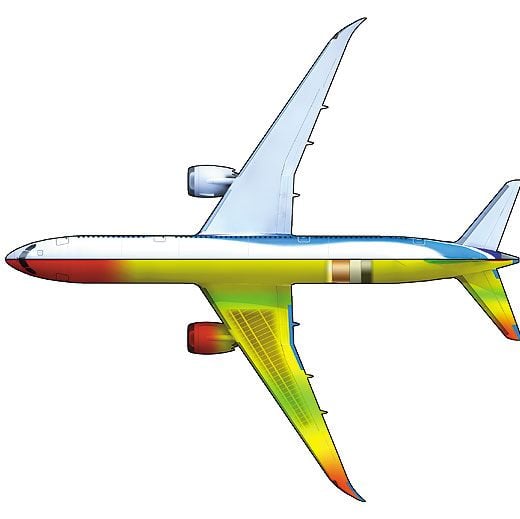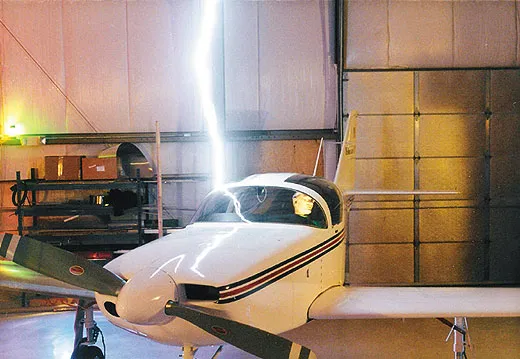How Things Work: Lightning Protection
Air travelers, fear not.
/https://tf-cmsv2-smithsonianmag-media.s3.amazonaws.com/filer/JJ11-Lightning-Protection-2-FLASH.jpg)
Every airliner is struck by lightning in flight at least once a year, on average. Passengers rarely know it at the time, in part because the airplane’s aluminum hull conducts the charge harmlessly from entry point to exit. In fact, 1963 was the last year a strike caused an airliner to crash in the United States. An array of measures, some detailed here, have improved safety. But the use of composite materials in modern airliners like the Boeing 787, with a fuselage made predominantly of carbon fiber, has required additional design features, such as putting some metal back into the fuselage for lightning protection. “Smaller aircraft and the military have been using composites for 30 or 40 years,” says Ed Rupke, vice president and senior engineer at Lightning Technologies, Inc., in Pittsfield, Massachusetts, a subcontractor to numerous airplane manufacturers and suppliers. “The commercial guys had been sitting back, watching and learning.” Now they too are building.
Lightning Attaches to entry and exit points almost simultaneously, and most commonly strikes the nose, wingtips, engine cowlings, and tip of the vertical tail. By their very shapes, these parts of the airplane cause electric fields to concentrate in their locations with a greater density or field strength, and can sustain damage where lightning current enters or leaves the airplane. “A very loose analogy,” says Rupke, “would be if you pushed a pointed object down into a block of soft foam. The foam would become more concentrated or dense at the tip. In an electric way, this happens to the airplane.” The nose cone, called the radome, has for decades been made of composite material to avoid interference with the radar, which lies inside the radome. Lightning diverters, thin metallic strips incorporated onto the surface of the radome, act as little lightning rods to prevent lightning from puncturing the radome and damaging its electronics. Conductive metals are used to bond lights to the wingtips, and the bonding protects the lights by grounding them to the rest of the airplane. Skin around fuel tanks in the wings must be thick enough to avoid a burn-through, and all joints and fasteners are tightly secured to prevent arcing or sparking in the airplane’s fuel tanks.
Avionics and flight control systems, if improperly designed, are critically vulnerable to a spike in current from a lightning strike. Today engineers install these systems with surge protection devices, and shield wiring throughout the airplane. Wingtip lights that are properly grounded to the airframe also prevent excessive voltage from flowing in wiring inside the wing. Increased use of fly-by-wire technology for transmitting cockpit commands to flight control surfaces demands additional shielding and requires redundant systems as a backup to primary flight control systems.
Conductive meshes installed in the composite skin help minimize damage to the skin, and prevent the buildup of electric current in any one area. Manufacturers begin with the main shell of carbon fiber that forms the fuselage, and coat it with an extremely thin corrosion-resistant layer of fiberglass. On top of that goes the aluminum or copper mesh. This is almost as fine as a window screen, and performs two jobs: It spreads the current to minimize damage to the skin where lightning attaches, and keeps the current on the exterior of the fuselage. That effect helps reduce voltages that might be induced inside the airplane that could threaten electrical systems. On top goes a thin adhesive film to smooth the texture of the mesh; then primer and paint.
Jack Williams was the founding weather editor of USA Today.

